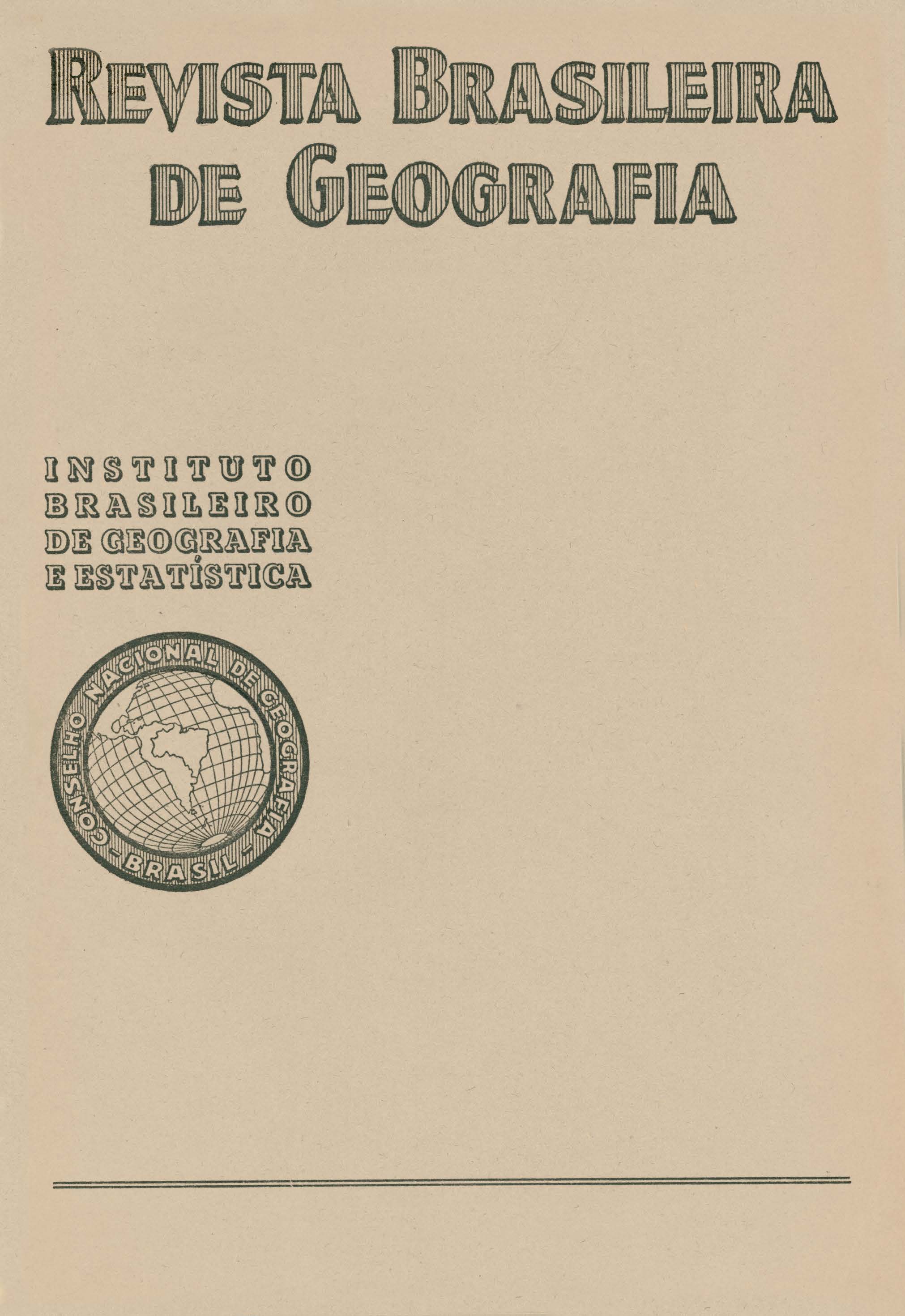Bandeira Anhanguera - 1937
Palavras-chave:
Geografia regional, Geologia, Meteorologia, Geografia física, Relatórios, Expedições científicasResumo
The Anhanguera Flag points out the effort of a group of men which leadered by Hernano Ribeiro da Silva explored the valley of the "rio das Mortes", and the region, yet completely unknown, situated between this river and the beds of the Xingú, that is to say the Roncador mountains, domain of the ferocious natives called Chavantes This Flag started from São Paulo in 25 july 1937 lasting untill december of the same year The scientifical remarks noted during this excursion me all condensed in the account presented by engineer Arnaldo Otávio Nébias. The eminent professor of Mineralogy in the Politecnic College of São Paulo, Dr Luiz Flores de Morais Rêgo, supported in the data which make part of the mentioned account, wrote as preamble, a summary of these observations, resaulting the precious contribution brought to geography and geology.
He declares there is no contradiction to affirm that the excursions to the interior of Brazil were undertaken arlier than in U S of A But at the scientific point of view the same remark cannot be noted for this character was introduced in the penetrations only in the midle of last century The Delegations directed by the eminent General Cândido da Silva Rondon, remain yet like the typic exemple of scientific explorations in the country In the Anhanguera Flag the cartographic and meteorologic studies were realized by Dr Nébias, and the geological observations noted by Dr Rêgo Freitas All the itineraries of the expedition were surveyed by rapid process, all directions determined with magnetic needle, land distances with podometer, and fluvial ones measured by time The altitudes were obtained with aneroide Dr Nébias surveyed geographic coordinates and magnetic declination, from several localities These data allowed to counterbalance the mistakes of travellings. The expedition account explains the method used to determine the geagraphic coordinates and magnetic declination Deduced from the surveys, a satisfactory map was designed at the scale of 1:200 000. The "rio das Mortes" runs in a valley of small relief In the valley at the Iight margin of this river isolated mountains appear Several little rivers cut the valley some of them are temporary, known in the place by ''corixas", many of this tiver are borned in lakes This valley is covered by vegetation proper of the "campos", which along, the large rivers is changed into marginal forests The physiographic aspect of the right margin is quiet the same of the lest margin beeing although remarkable the dryness of this region. The valley extends itself till the famous Roncadon mountains This mountains form the slope which separates the plateau of Mato Grosso from the valley of the "rio das Mortes" The expedictionaries found beyond the summit the beds of the Xingú river They were than in full plateau It was not an easy mater to make geological observations in this large valley for the account ressaults that the rock which from the sub-soil do not appear in the region They remarked howevet the sandy soil Jesulting from the decomposition of arenaceous In the lake region, existence of clay was noted, recent sediments, qua ternaries In the mountains were found arenaceous formed with ferruginous ciment conglomerated are naceous and calcareous They also remarked coalition of limonita and sand with ematita They did not however mention if this calcareous ate proper of all mountains, nor if they were interstratificated in the arenaceous This calcareous were noted in a mountain at the margin of the "rio das Mortes" In the left margin of this rivet, greatest appemence of rocks was remarked, always arenaceous quarts rocks which constitute the Roncador mountains.
This few geological observations show that the valley of "Rio das Mortes" is formed from a certain altitude hencefonva1d of sedimentary tocks which belong to the same constitution than those from the lateau of Mato Grosso, of which constitution Dr Morais Rêgo makes several interesting considetàtions, that, after this passage - "It is difficult, even impossible, to distinguish presently which the modern constitutions Every one knows that arenaceous form the summit of the plateau, belived as cretaceous and that me called Pa1ecís arenaceous" so finishes: - "The observations realized by the Anhanguera Flag are not perfect They could not have been, so But they have their worth: - they give an idea of the general geological constitution of the explored region, and point out the problems to be cleared in future expeditions.






